Concrete Slabjacking and Liftings

Performing slabjacking in early spring can be effective as ground conditions are moderate, but avoid freezing temperatures.

Late summer offers stable weather and soil conditions, making it a suitable time for slabjacking projects.
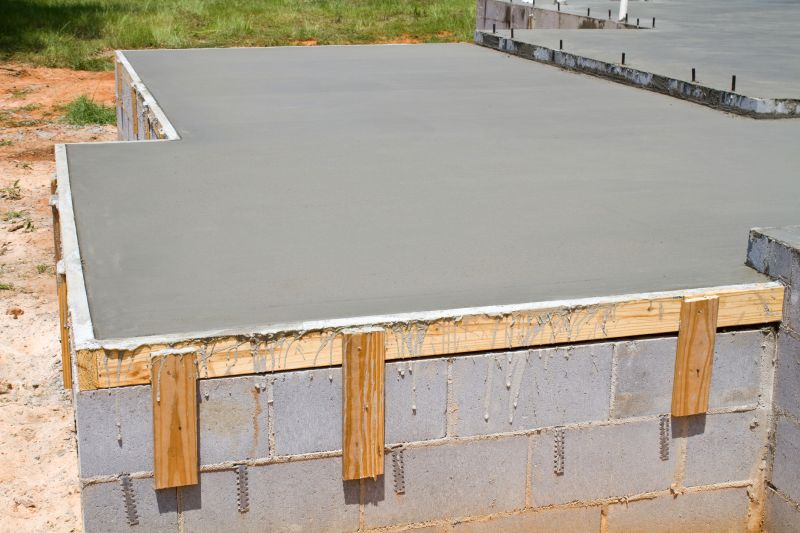
Fall provides cooler temperatures and less moisture, which can contribute to better curing and adhesion of materials.

Ways to make Concrete Slabjacking And Liftings work in tight or awkward layouts.
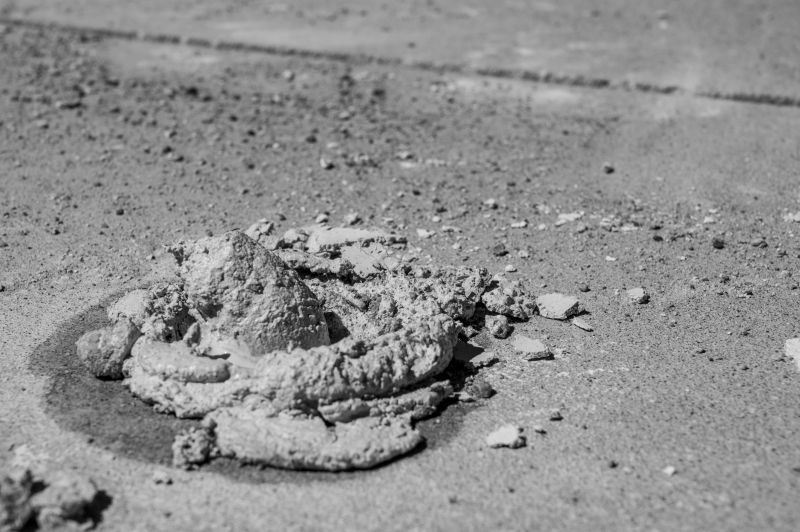
Popular materials for Concrete Slabjacking And Liftings and why they hold up over time.

Simple add-ons that improve Concrete Slabjacking And Liftings without blowing the budget.
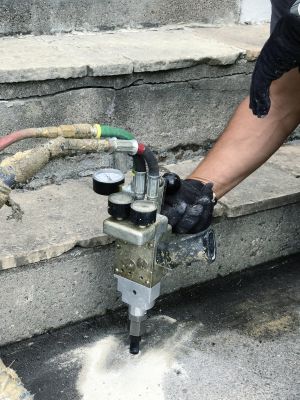
High-end options that actually feel worth it for Concrete Slabjacking And Liftings.
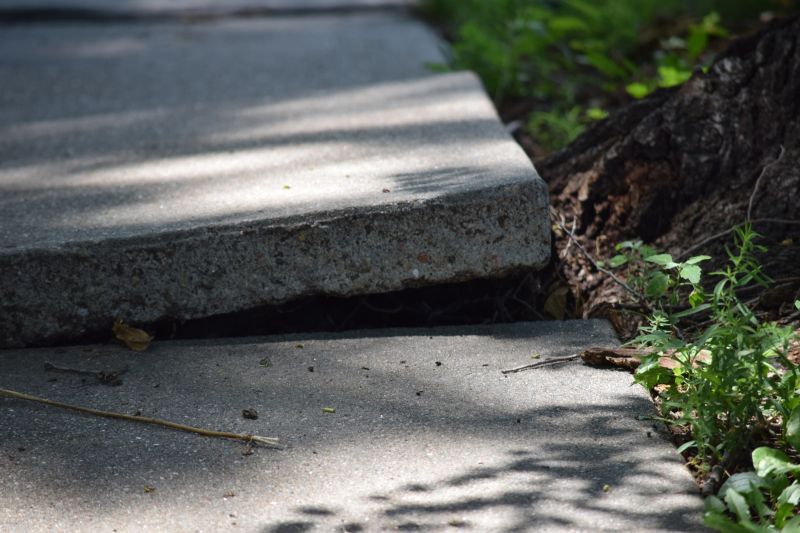
Finishes and colors that play nicely with Concrete Slabjacking And Liftings.
Concrete slabjacking and liftings are essential techniques used to restore the levelness and stability of sunken or uneven concrete slabs. This process involves injecting a specialized grout beneath the slab to lift and stabilize it, preventing further settling or damage. It is a cost-effective alternative to replacing entire slabs and can significantly extend the lifespan of existing concrete surfaces.
Statistics indicate that properly timed slabjacking can reduce repair costs by up to 50% compared to full replacement. Additionally, performing the work during optimal weather conditions minimizes the risk of material failure and ensures a durable fix. The success of slabjacking depends heavily on soil conditions, moisture levels, and ambient temperatures, making timing a critical factor.
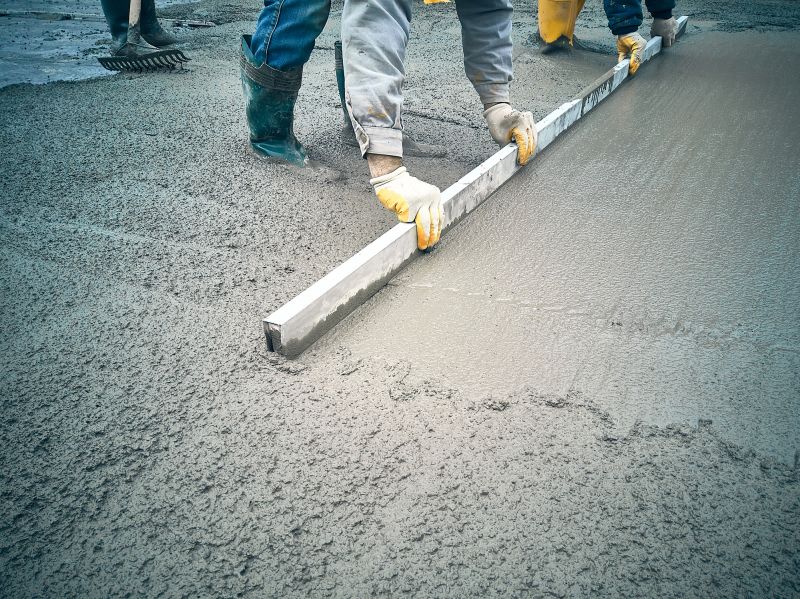
Optimal during warm, dry weather to ensure proper curing and adhesion.
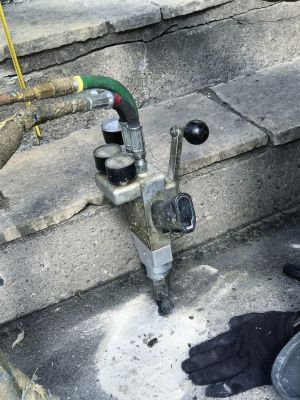
Cooler temperatures and moderate moisture levels support effective lifting.

Freezing conditions can hinder grout curing and affect the stability of the lift.

Perform slabjacking when rain or snow is not expected to prevent delays and ensure quality results.
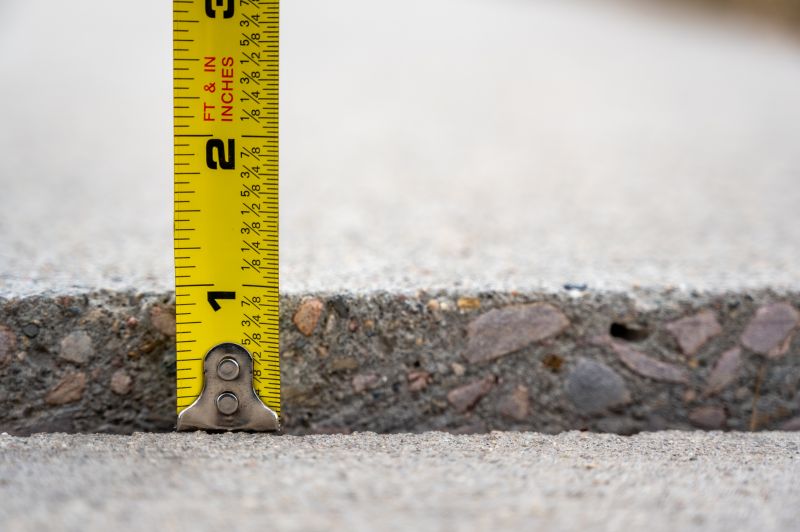
Little measurements that prevent headaches on Concrete Slabjacking And Liftings day.
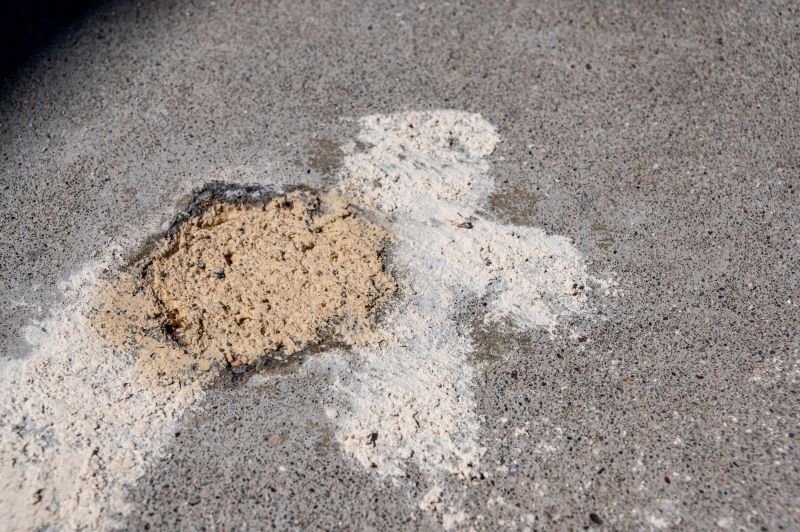
A 60-second routine that keeps Concrete Slabjacking And Liftings looking new.

A frequent mistake in Concrete Slabjacking And Liftings and how to dodge it.
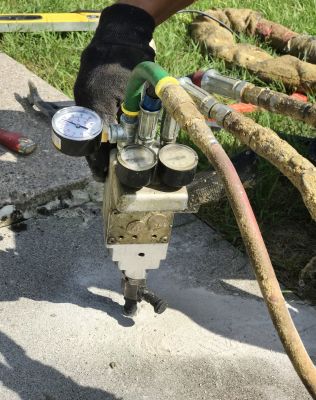
Small tweaks to make Concrete Slabjacking And Liftings safer and easier to use.
| Best Time for Slabjacking | Ideal Conditions |
|---|---|
| Early Spring | Moderate temperatures, soil thawing, minimal frost |
| Late Summer | Stable weather, dry conditions |
| Fall Season | Cooler temperatures, less moisture |
| Avoid | Freezing temperatures, heavy rain, snow |
| Optimal | Dry, mild weather for best adhesion |
Lower-waste or water-saving choices for Concrete Slabjacking And Liftings.
The short, realistic tool list for quality Concrete Slabjacking And Liftings.
Rough timing from prep to clean-up for Concrete Slabjacking And Liftings.
